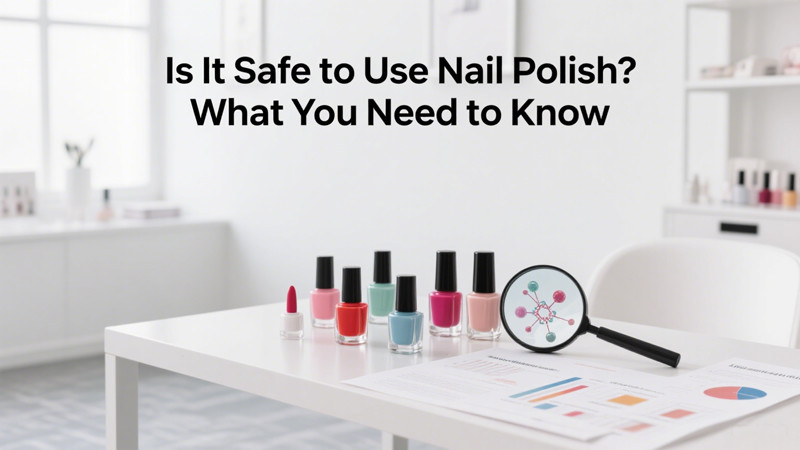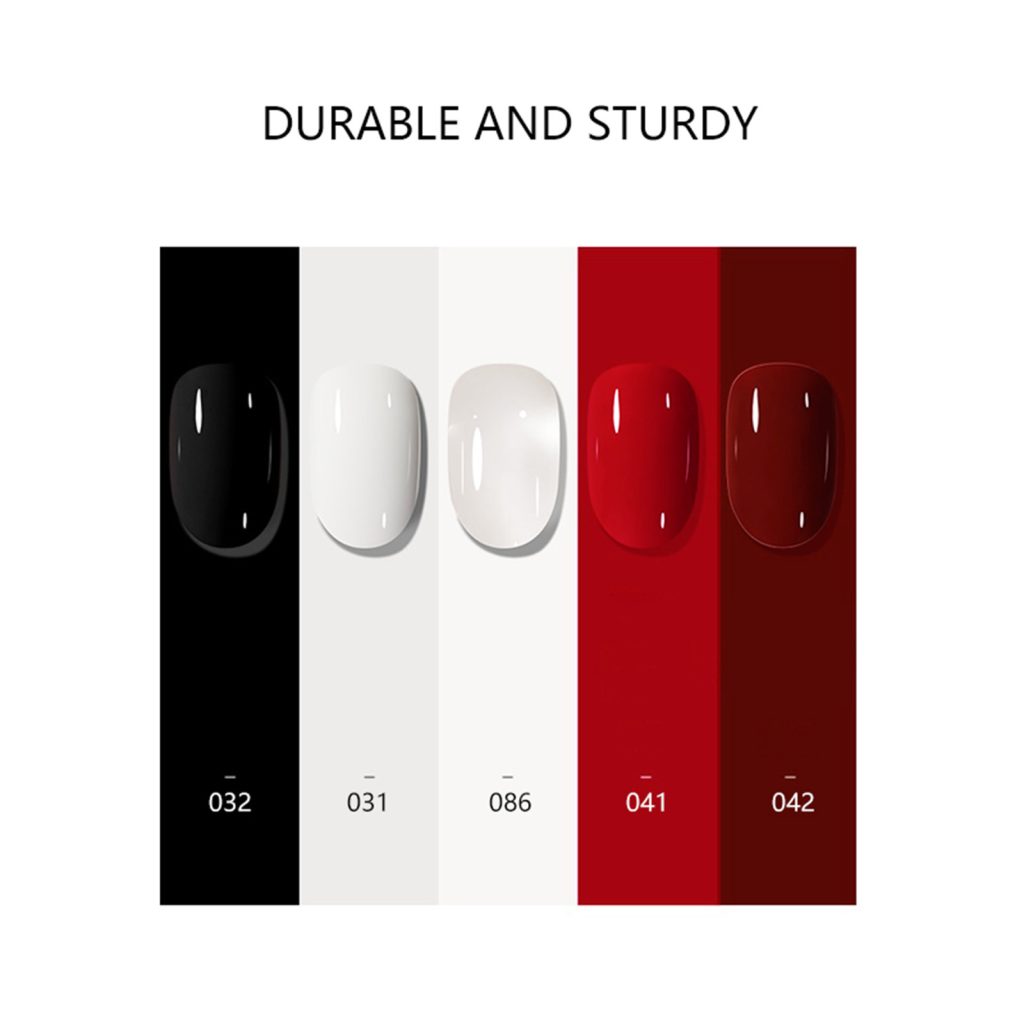您的购物车目前是空的!
Is It Safe to Use Nail Polish? What You Need to Know

Nail polish has been a beloved cosmetic product for decades, adding color, shine, and style to nails all over the world. Whether it’s a quick touch-up or a full manicure, nail polish can boost confidence and complete any look. However, many people wonder about the safety of nail polish—especially with so many products on the market and concerns about chemicals and allergens.
If you’ve ever asked yourself, “Is it safe to use nail polish?” this post will provide an in-depth look at the topic, helping you understand the risks and how to use nail polish safely.
What Is Nail Polish Made Of?
To understand safety, it’s important to know what nail polish contains. Nail polish is primarily made from:
- Solvents – These keep the polish liquid until applied, then evaporate to leave a solid film on your nails.
- Film formers – Typically nitrocellulose, these create the shiny, hard surface.
- Plasticizers – These add flexibility to prevent chipping.
- Pigments and dyes – For color and effect.
- Resins and additives – To improve adhesion and durability.
Some nail polishes also contain chemicals like formaldehyde, toluene, and dibutyl phthalate (DBP), which have raised health concerns over the years.
Common Concerns About Nail Polish Safety
1. Chemical Exposure
Some older or cheaper nail polishes contain potentially harmful chemicals:
- Formaldehyde: Used as a hardener, but is a known irritant and carcinogen in high doses.
- Toluene: A solvent that can affect the nervous system and cause headaches or dizziness.
- Dibutyl Phthalate (DBP): A plasticizer linked to reproductive issues.
Because of these concerns, many brands now advertise “3-free,” “5-free,” or even “10-free” nail polishes, meaning they exclude these harmful chemicals and others.
2. Allergic Reactions
Nail polish can cause allergic contact dermatitis in some people, leading to redness, itching, and swelling around the nails or on the fingers. Ingredients like formaldehyde resin and certain dyes are common allergens.
3. Nail Damage
Frequent use of nail polish and nail polish removers (especially acetone-based) can dry out nails, making them brittle and prone to peeling or breaking. Overuse or poor-quality products may weaken nails over time.
Is Nail Polish Safe to Use?

Generally speaking, nail polish is safe when used properly and when you choose quality products. Here’s why:
Regulations and Improvements
Regulatory agencies like the U.S. Food and Drug Administration (FDA) and the European Chemicals Agency (ECHA) monitor and regulate cosmetic products to limit harmful substances. Many modern nail polish brands avoid toxic ingredients and formulate safer alternatives.
“Free-From” Formulas
The rise of “3-free” (free of formaldehyde, toluene, and DBP), “5-free,” and beyond nail polishes means safer options are widely available. These formulas significantly reduce health risks, making nail polish use much safer than it was decades ago.
Proper Application and Removal
Using nail polish properly minimizes risks. Applying a base coat protects your nails, while giving your nails breaks between manicures helps them recover. Also, using non-acetone removers or gentle formulas can reduce dryness and damage.
Tips for Safe Nail Polish Use
- Choose “Free-From” Brands: Look for nail polishes labeled 3-free, 5-free, or higher, which avoid many harmful chemicals.
- Ventilation Is Key: Always apply polish in a well-ventilated area to avoid inhaling fumes, which can cause headaches or dizziness.
- Use a Base Coat: A protective base coat prevents staining and strengthens your nails.
- Avoid Frequent Use: Give your nails breaks between polish applications to stay healthy and strong.
- Use Gentle Removers: Opt for acetone-free removers or ones with added moisturizers to prevent drying out your nails.
- Patch Test New Products: If you’re prone to allergies, do a patch test on a small area before full application.
- Avoid Using on Damaged Nails: If your nails are cracked, infected, or otherwise compromised, it’s best to avoid polish until they heal.
Special Considerations
For Pregnant Women
Pregnant women often worry about exposure to nail polish chemicals. Most research suggests that occasional use of “free-from” nail polish is safe during pregnancy, especially with good ventilation. However, it’s wise to consult your doctor and avoid frequent or prolonged exposure to fumes.
For Children and Teens
Children’s nails are more delicate, so it’s best to use non-toxic and free-from formulas designed for younger users. Limit use and ensure adult supervision.
Natural and Organic Nail Polishes
The beauty industry is responding to safety concerns by offering natural and organic nail polishes made from plant-based ingredients, water-based formulas, and free of synthetic chemicals. These options reduce exposure to harsh solvents and toxins but may have a shorter wear time.
Nail Polish and Your Overall Health
Fumes and Indoor Air Quality
Strong nail polish fumes can temporarily affect indoor air quality. Proper ventilation is important to avoid headaches, nausea, or irritation.
Long-Term Effects
Long-term, consistent exposure to toxic nail polish ingredients in poorly ventilated areas or without protection could pose health risks. For casual users, this risk is minimal, but professionals who work with nail products daily should take extra precautions.
Conclusion: Is Nail Polish Safe?
The good news is, nail polish is generally safe to use when you choose high-quality products and follow safe practices. Modern formulations avoid many harmful chemicals, reducing risks of allergic reactions or toxicity. By selecting “free-from” polishes, working in ventilated areas, and caring for your nails properly, you can enjoy beautiful manicures without compromising your health.
If you have sensitive skin, allergies, or health concerns, consult a dermatologist or healthcare provider before trying new nail products. With a little care and awareness, nail polish can be a fun, safe way to express your style and boost your confidence.


发表回复